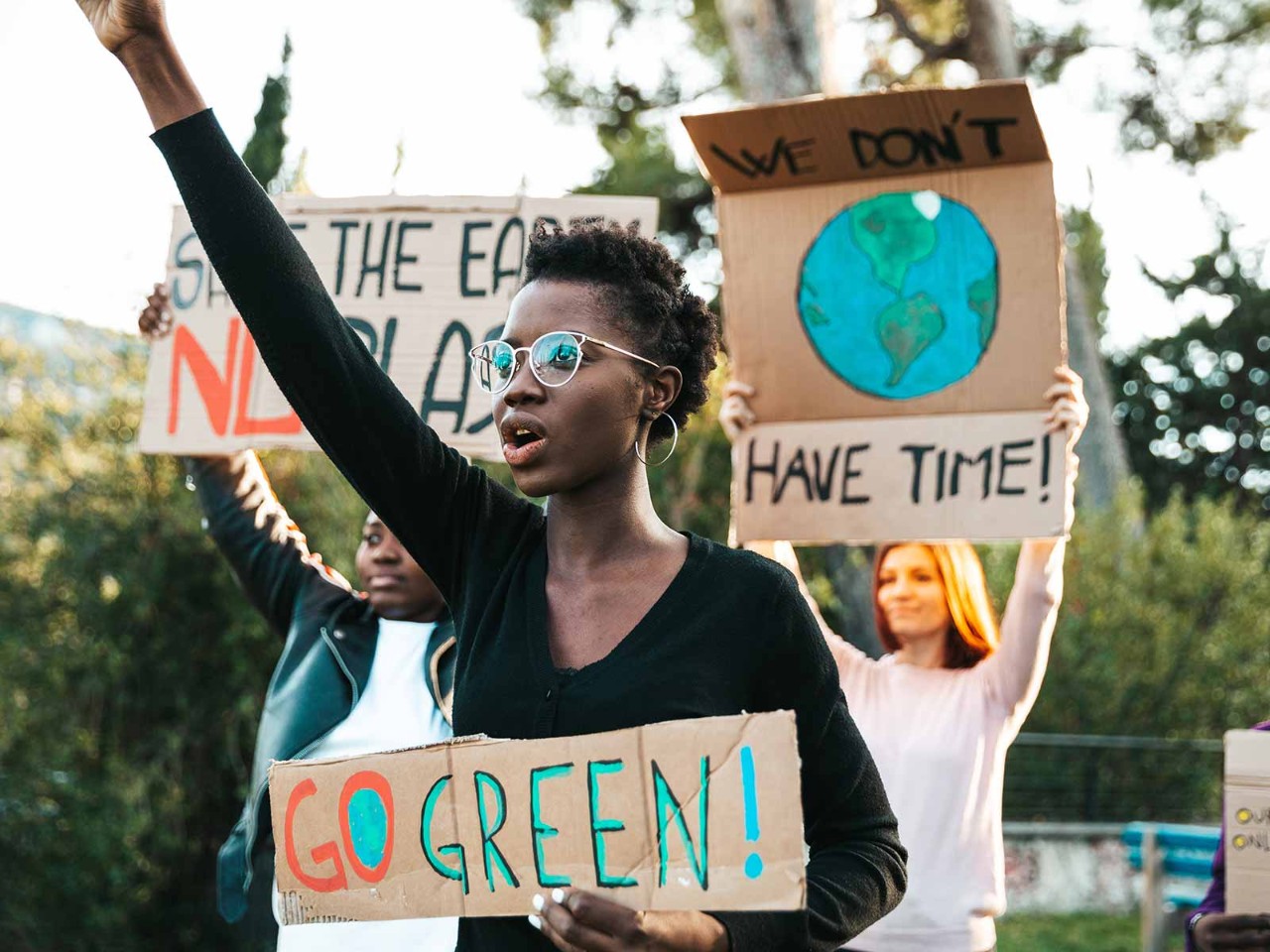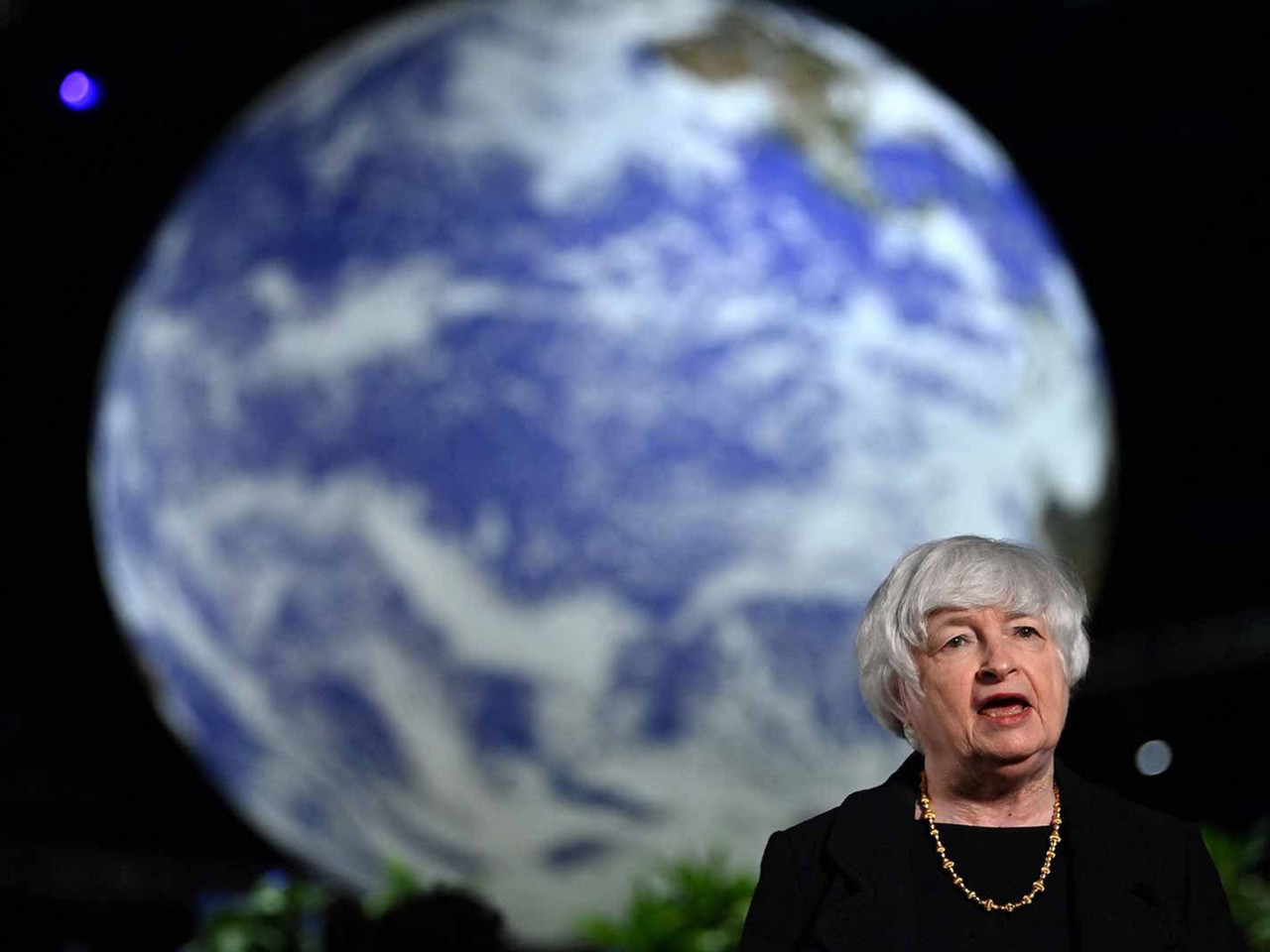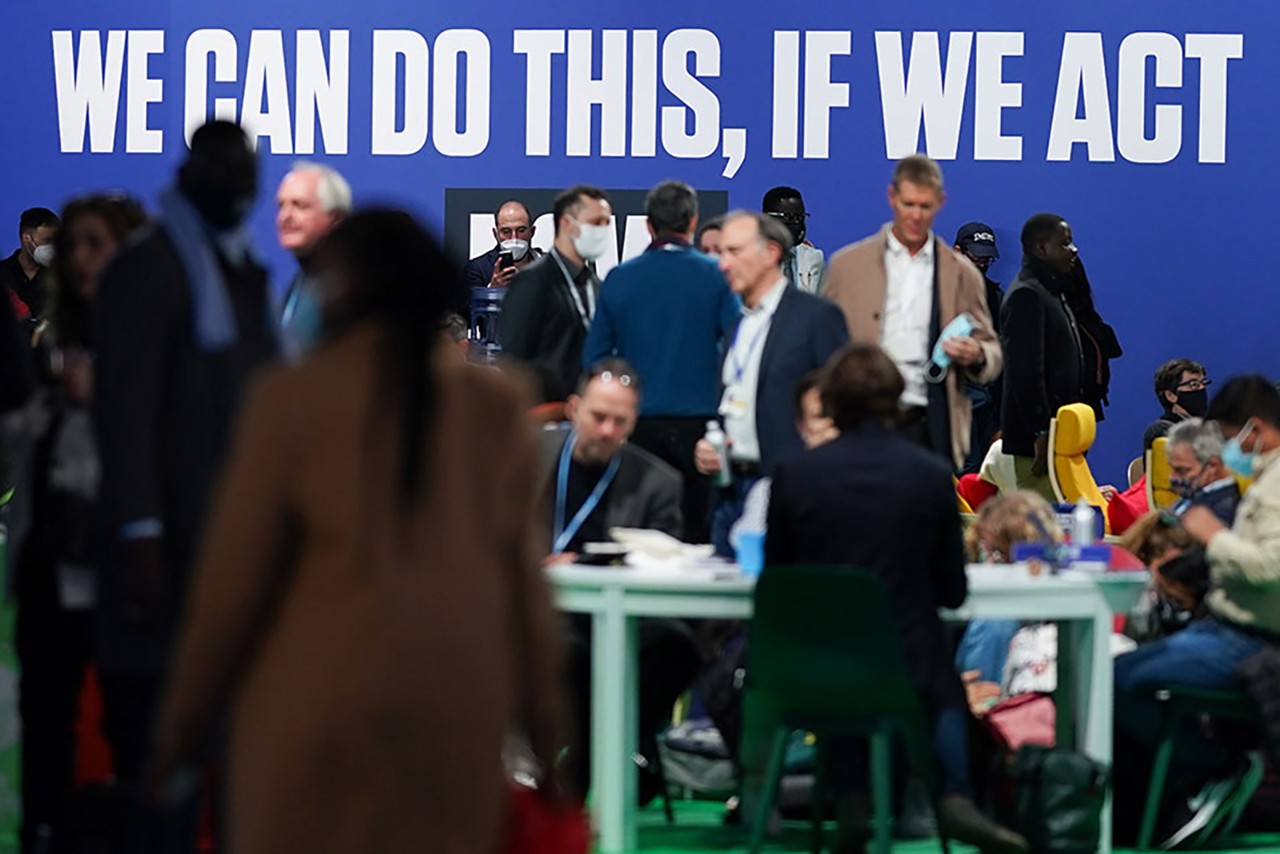
While the promise of £130 trillion of private capital to help the world’s economies move towards net zero emissions was widely welcomed at COP26, there are concerns that the target of nations reaching net zero by 2050, set out in the Paris Agreement, will not be achieved.
Reaching net zero emissions by 2050 is essential if global warming is to be limited to 2 degrees Celsius or less. Before COP26, more than 100 jurisdictions had signed up to the plan, including the European Union, Japan and the US Biden Administration. China, Russia, Saudi Arabia and Kazakhstan have pledged to reach the target by 2060.
Separately, a number of national industry groups have committed to meeting the target. Sixty of the FTSE 100 companies in the UK, for example, announced at COP26 that they were committed to net zero by 2050. Overall, 5,200 companies worldwide have joined the United Nations’ Race to Zero campaign.
Deadline slippage
At the summit itself, though, there are signs that the target is slipping. Indian prime minister Narendra Modi said that his country would achieve the target by 2070.
‘India’s target of 2070 might seem disappointing, but perhaps it is more realistic’
He added that emissions-cutting promises from developing nations would require financial support from rich, historical emitters. He noted that the US$100bn a year promised by rich nations at the Paris Agreement to help developing countries decarbonise had not materialised.
‘We all know this truth that the promises made to date regarding climate finance have proved to be hollow,’ he said. ‘It is India’s request that developed countries make available US$ 1 trillion of climate finance as soon as possible.’
End of coal
The role of coal also came under scrutiny during COP 26. More than 40 countries have signed up to a commitment to eliminate coal in the generation of electricity by 2030 for major economies and 2040 for the rest of the world, and to end all investment in new coal power generation domestically and internationally. But China, the US, India and Australia – all major users of coal – have not joined the pledge and there are calls for more support for emerging economies, which rely heavily on fossil fuels.
‘For some countries signing up, particularly Vietnam and Egypt, the commitment to rule out new coal projects is significant given the role of coal in their economies,’ said Juan Pablo Osornio, head of the Greenpeace delegation at the conference.
Being realistic
‘It’s important to remember that not every country, or organisation, is on the same trajectory when it comes to meeting the net zero target, said ACCA Council member Ayla Majid. ‘They all have different starting points hence different targets dates. India’s target of 2070 might seem disappointing, but perhaps it is more realistic.’
There is a careful balance to be struck between achievability and ambition, she added. ‘Some countries, including Pakistan, have doubled their commitment on the use of renewable energy – Pakistan has said it is aiming for 60% of its energy needs coming from renewables by 2030. It is ambitious but a high target is a good accelerator.
‘As long as we make significant progress, and even if we don’t achieve 100% results by 2030, these ambitious targets will yield better results.’
‘The financial commitments made at COP26 are encouraging,’ she added. ‘But the biggest commitments are coming from those with the most resources. Distribution is not equitable. The money needs to move to markets where the risks are higher. That’s why the formation of the ISSB is so encouraging – standardised reporting around climate risks can be a great mobiliser for climate-related capital.’
Cause for optimism
There is some optimism amid the gloom. At the summit the head of the International Energy Agency, Fatih Birol, said that the organisation’s modelling suggested that the net zero pledges and promises on methane emissions made at COP26, if met, could help to limit global warming to 1.8 degrees above pre-industrial levels. ‘This is extremely encouraging,’ he said.





